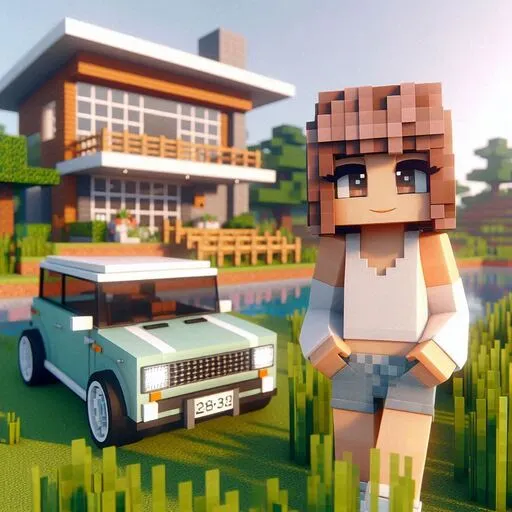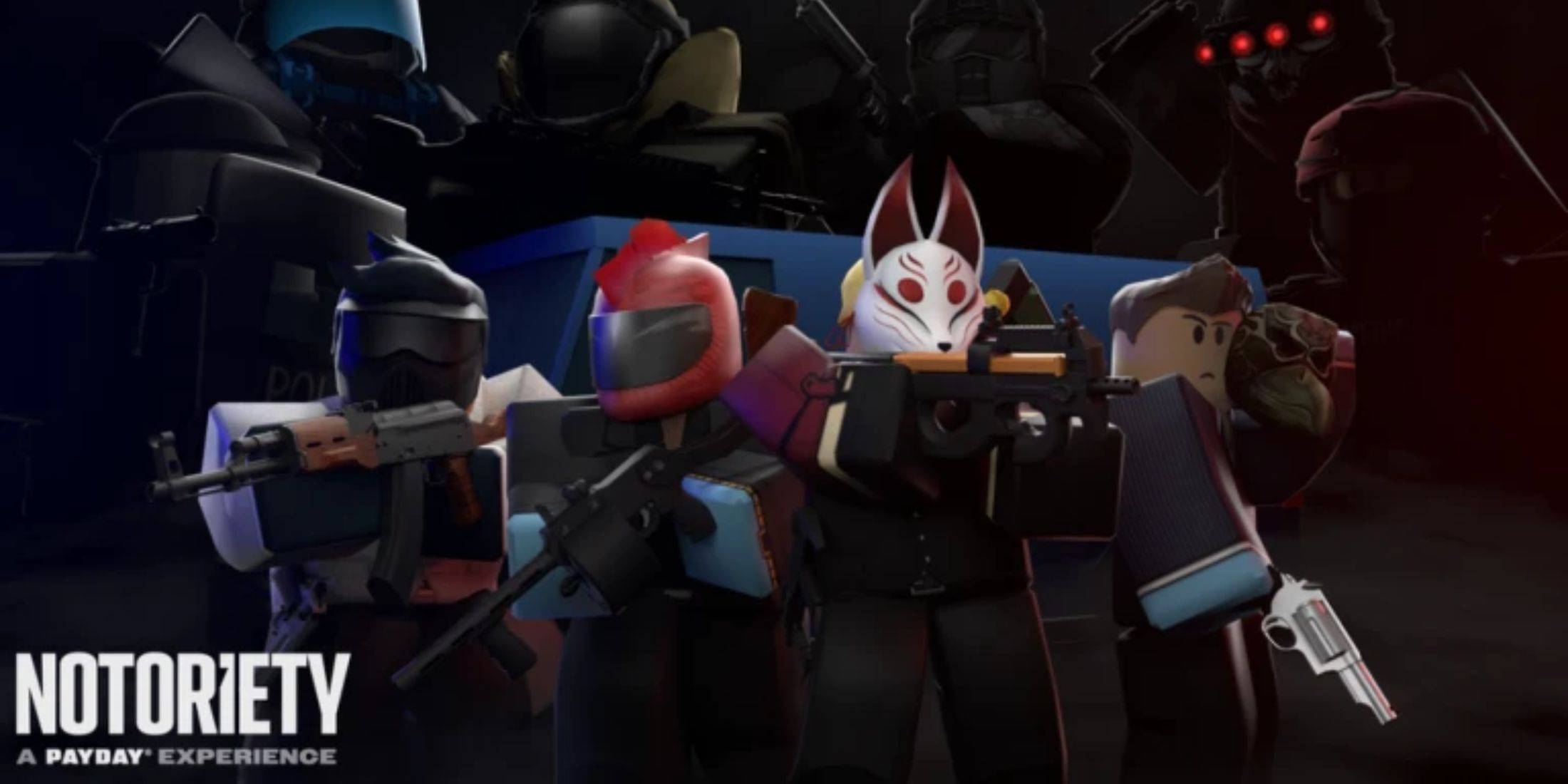Monster Hunter Wilds PC Performance in Crisis

Capcom's latest release has surged to the 6th spot among Steam's most-played titles, yet it faces significant backlash from the gaming community due to its problematic technical performance. Digital Foundry's thorough analysis of the PC version has underscored the game's troubling state, drawing attention to a range of issues that hinder gameplay experience.
One of the most glaring problems is the lengthy shader pre-compilation process, which takes approximately 9 minutes on a system equipped with a 9800X3D processor, and over 30 minutes on a Ryzen 3600. Moreover, the texture quality remains disappointingly low, even when set to "High" graphics settings. On a PC with an RTX 4060, configured to "High" settings at 1440p resolution with balanced DLSS, the game experiences significant frame time spikes. Similarly, on the more robust RTX 4070 with 12 GB of memory, textures continue to appear substandard.
For users with GPUs possessing 8 GB of memory, Digital Foundry recommends reducing texture quality to "Medium" to lessen stuttering and frame time spikes. However, this adjustment still does not deliver satisfactory visual quality. Quick camera movements exacerbate these spikes, though they are somewhat mitigated with slower movements. Even with textures set to low quality, the persistent frame time issues remain a concern.
Alex Battaglia of Digital Foundry points to data streaming as the core issue, leading to an excessive workload on the GPU during decompression. This is particularly detrimental for budget graphics cards, resulting in pronounced frame time spikes. Battaglia advises against purchasing the game for those with 8 GB GPUs and expresses reservations about its suitability even for more advanced setups like the RTX 4070.
The game's performance is notably worse on Intel GPUs. The Arc 770, for instance, only achieves 15–20 frames per second, alongside missing textures and other visual anomalies. While some of these issues can be alleviated on high-end systems, the game still struggles to run smoothly. Currently, finding optimized settings is challenging, as any adjustments typically result in a substantial loss of visual quality.
-
MiSide is a newly released psychological horror game that plunges players into a twisted narrative about being trapped in a virtual world. Although the game is relatively brief, it's packed with secrets scattered across its various chapters. PlayersAuthor : Savannah Nov 16,2025
-
Best Budget 1080p Gaming GPU: NVIDIA RTX 5060 Ti 16GB ModelsFor gamers seeking an affordable Blackwell architecture GPU for 1080p gaming, the GeForce RTX 5060 Ti stands as the top choice currently available. We strongly recommend opting for the 16GBAuthor : Isaac Nov 16,2025
- Black Ops 6 Zombies: How To Configure The Summoning Circle Rings on Citadelle Des Morts
- Harvest Moon: Lost Valley DLC and Preorder Details Revealed
- Roblox: Latest DOORS Codes Released!
- Silent Hill 2 Remake Coming to Xbox and Switch in 2025
- Roblox: Blox Fruits Codes (January 2025)
- Roblox: Freeze for UGC Codes (January 2025)


















![Taffy Tales [v1.07.3a]](https://imgs.ehr99.com/uploads/32/1719554710667e529623764.jpg)




